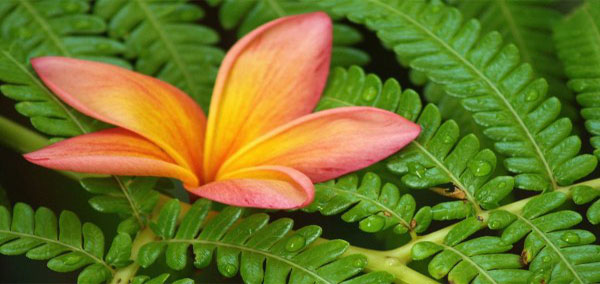Conservation of environment & cultural practices in haleakala national park
We have a deep respect for the a’ina (land) and the culture and history of the Kanaka Maoli— (the Hawaiian People). We share the culture of Maui’s Hawaiian spirit with tens of thousands of people each year who come out on tour with us.
Visitors often tell us they feel like they’ve become part of our ohana (family) and as they learn the stories, legends and history of the Hawaiian people. It is our hope, our silent prayer and our kuleana (responsibility) to help all who come on our tour to understand just a bit more than they thought they would about this beautiful island and the ways of these very special people.
After all, the Hawaiian ancestors, as well as the Hawaiians of today, created and continue to create Aloha. This word is well known throughout the world but for the most part is not understood to it’s full meaning. Aloha evolved from a polynesian race who, for reasons unknown, ventured away from their western Pacific home out into the unknown ocean some 1000 years ago. These people evolved into a society that was totally self sustaining and became deeply rooted in the idea of working together for the survival of the community.
Giving your Aloha is giving your heart and your spirit in order to bring life into a more healing place. For the kanaka maoli, the mountains, the forests, the streams and the beaches all have spiritual meaning and history. This is called the Mana (spiritual strength) of a place and to give strength with Aloha is called “malama the aina”. It means to help, which is at the core of Aloha and the Hawaiian culture.
We have learned that sharing our Aloha with our visitors can inspire visitors into being what is known as “Hawaiian at Heart”. You may not be from here but you have embraced the culture and wish to help. For those who wish to help “malama the aina” we have created this web page for you.
In it you will find summaries and links to all the non profit conservation organizations with volunteer programs to recover and restore Maui’s unique ecosystem. Valley Isle Excursions will be participating in these efforts in addition to our Green Business certification, providing transportation for cultural practitioners and restoration projects and supporting local businesses that provide certified ecotourism tours and practices.
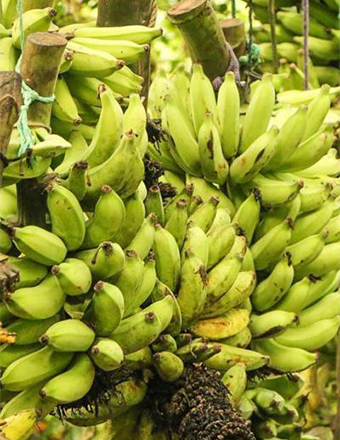

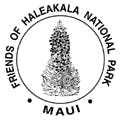 TheFriends of
TheFriends of  The East Maui Watershed is an area that covers about 123,000 acres of many individual, small watersheds. This area is in vital need of protection and has been under the care of the East Maui Watershed Partnership. This area produces almost 60 billion gallons of water each year with most of it being channelled towards agriculture, industrial and residential uses. The single surface water collection area in Hawaii.
The East Maui Watershed is an area that covers about 123,000 acres of many individual, small watersheds. This area is in vital need of protection and has been under the care of the East Maui Watershed Partnership. This area produces almost 60 billion gallons of water each year with most of it being channelled towards agriculture, industrial and residential uses. The single surface water collection area in Hawaii. The Maui Invasive Species Committee is partnership of government, individuals, private groups and nonprofits that work to
The Maui Invasive Species Committee is partnership of government, individuals, private groups and nonprofits that work to  This 43,175 acre partnership includes land owned by; Haleakala National Park, Haleakala Ranch, Kaupo Ranch, State of Hawaii Lands, Ulupalakua Ranch, Nu‘u Mauka Ranch and others.
This 43,175 acre partnership includes land owned by; Haleakala National Park, Haleakala Ranch, Kaupo Ranch, State of Hawaii Lands, Ulupalakua Ranch, Nu‘u Mauka Ranch and others.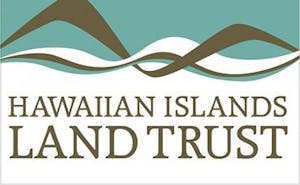 The Hawaii Island Land Trust has under its protection a variety of places across Maui to protect the shoreline and nesting birds, archaeological remains, habitat for endangered and native plants, geological formations, wildlife habitat, agricultural and water resource value.
The Hawaii Island Land Trust has under its protection a variety of places across Maui to protect the shoreline and nesting birds, archaeological remains, habitat for endangered and native plants, geological formations, wildlife habitat, agricultural and water resource value.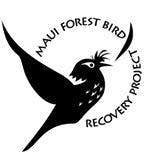 Maui Forest Bird Recovery Project is focused on protecting the native forest and supportive ecosystem across Maui. Partnering with other organizations their science focused approach, provides results for Maui’s forest birds. They employ conventional techniques to monitor the wild population, study the success of breeding and population health as well as active research to improve these rare and endangered species chances for long term survival. Help them
Maui Forest Bird Recovery Project is focused on protecting the native forest and supportive ecosystem across Maui. Partnering with other organizations their science focused approach, provides results for Maui’s forest birds. They employ conventional techniques to monitor the wild population, study the success of breeding and population health as well as active research to improve these rare and endangered species chances for long term survival. Help them  Dryland forests were and still are incredibly important to Hawaiian culture as their lives depended on them. The hardwoods made tools and weapons, from the bird’s feathers came cloaks for the Ali’i and a variety of plants provided medicinal and religious items. The Auwahi Forest has cultural significance beyond the island of Maui as very little of this forest remains throughout the chain. This forest contains a high concentration of endangered species that need more than protection, it needs restoration.
Dryland forests were and still are incredibly important to Hawaiian culture as their lives depended on them. The hardwoods made tools and weapons, from the bird’s feathers came cloaks for the Ali’i and a variety of plants provided medicinal and religious items. The Auwahi Forest has cultural significance beyond the island of Maui as very little of this forest remains throughout the chain. This forest contains a high concentration of endangered species that need more than protection, it needs restoration.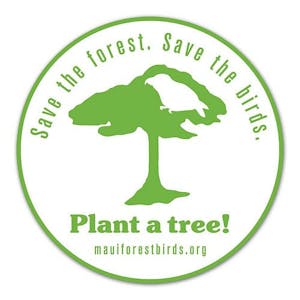
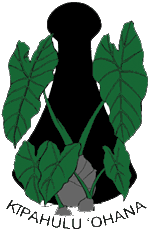 The Kipahulu Ohana has done a remarkable job of restoring the ancient loi (taro gardens) located with the Haleakala National Park Kipahulu area.
The Kipahulu Ohana has done a remarkable job of restoring the ancient loi (taro gardens) located with the Haleakala National Park Kipahulu area. The fishpond is a living, working example of the genius of the Hawaiian people. It is a testament to their dedication to sustainability, efficiency and understanding of the ocean environment. This is a cultural landmark that must be seen to be appreciated.
The fishpond is a living, working example of the genius of the Hawaiian people. It is a testament to their dedication to sustainability, efficiency and understanding of the ocean environment. This is a cultural landmark that must be seen to be appreciated.